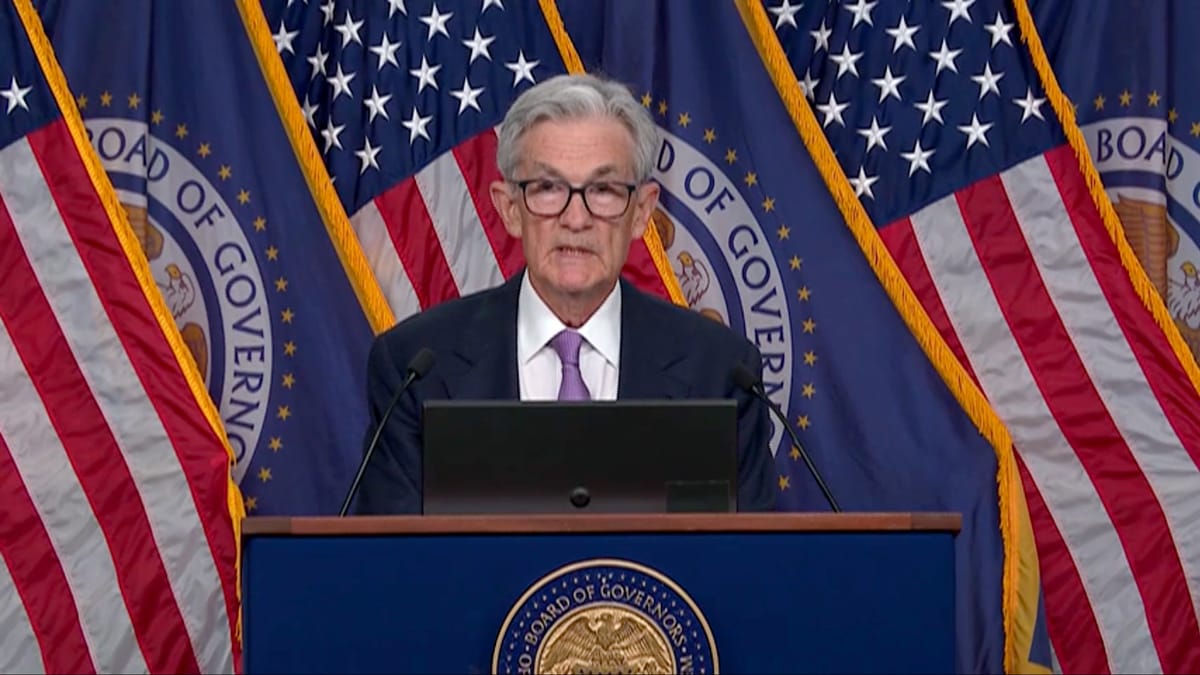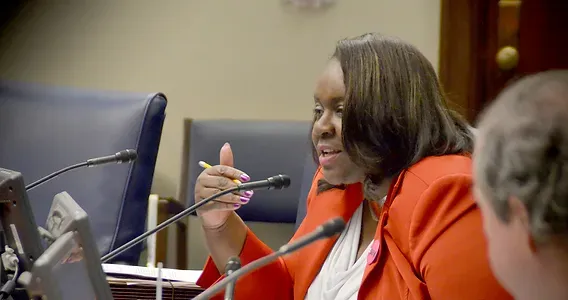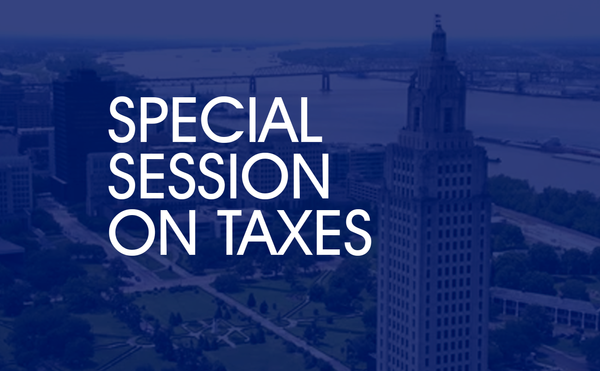Fed Slashes Interest Rates for the First Time in Four Years, Eyeing Economic Boost
The cut also comes with the Fed's projection of further reductions this year, forecasting a half-point drop in its November and December meetings. Powell and his team anticipate additional rate cuts through 2025, as the economy adjusts to this new monetary policy stance.

WASHINGTON — In a bold move to stimulate the slowing economy, the Federal Reserve slashed its key interest rate by half a percentage point on Wednesday, marking the first cut in four years. The reduction, bringing the rate down to 4.8% from a 14-month high of 5.3%, signals a strategic pivot by the central bank toward promoting job growth amidst a cooling labor market.
This decision, just weeks before a high-stakes presidential election, aims to ease borrowing costs for consumers and businesses after a prolonged period of rate hikes designed to tame inflation. While inflation has receded to 2.5% — close to the Fed’s 2% target — the effects of higher prices for essentials like groceries, gas, and housing continue to weigh on American households.
“We believe it’s time to recalibrate our policy in light of the progress made on inflation,” Fed Chair Jerome Powell said in a press conference following the announcement.
The cut also comes with the Fed's projection of further reductions this year, forecasting a half-point drop in its November and December meetings. Powell and his team anticipate additional rate cuts through 2025, as the economy adjusts to this new monetary policy stance.
While Wall Street reacted positively with a modest rise in stocks, the decision sparked political debate. Former President Donald Trump accused the Biden-Harris administration of contributing to inflation, while Vice President Kamala Harris countered by warning that Trump's tariff proposals could lead to further price hikes.
For consumers, the Fed’s rate cut could mean relief in the form of lower mortgage rates, reduced credit card interest, and cheaper auto loans, likely stimulating increased spending. Freddie Mac reported a drop in mortgage rates to 6.2%, triggering a surge in refinancing demand.
However, the central bank also predicted higher unemployment, with the rate expected to climb to 4.4% by year’s end — a notable rise from its current 4.2%. Despite this, Powell reassured the public that the labor market remains resilient, attributing the higher unemployment figure to a growing workforce, not widespread layoffs.
"The labor market is in solid shape, and our goal is to keep it that way," Powell affirmed.
While the Fed’s decision received some dissent within its ranks — the first since 2005 — with board member Michelle Bowman advocating for a smaller rate cut, the majority of policymakers remain focused on balancing inflation control with economic growth.
As the U.S. economy braces for the coming months, all eyes will be on the Fed’s next policy meeting in early November, a pivotal moment as the country heads into a critical election cycle.





